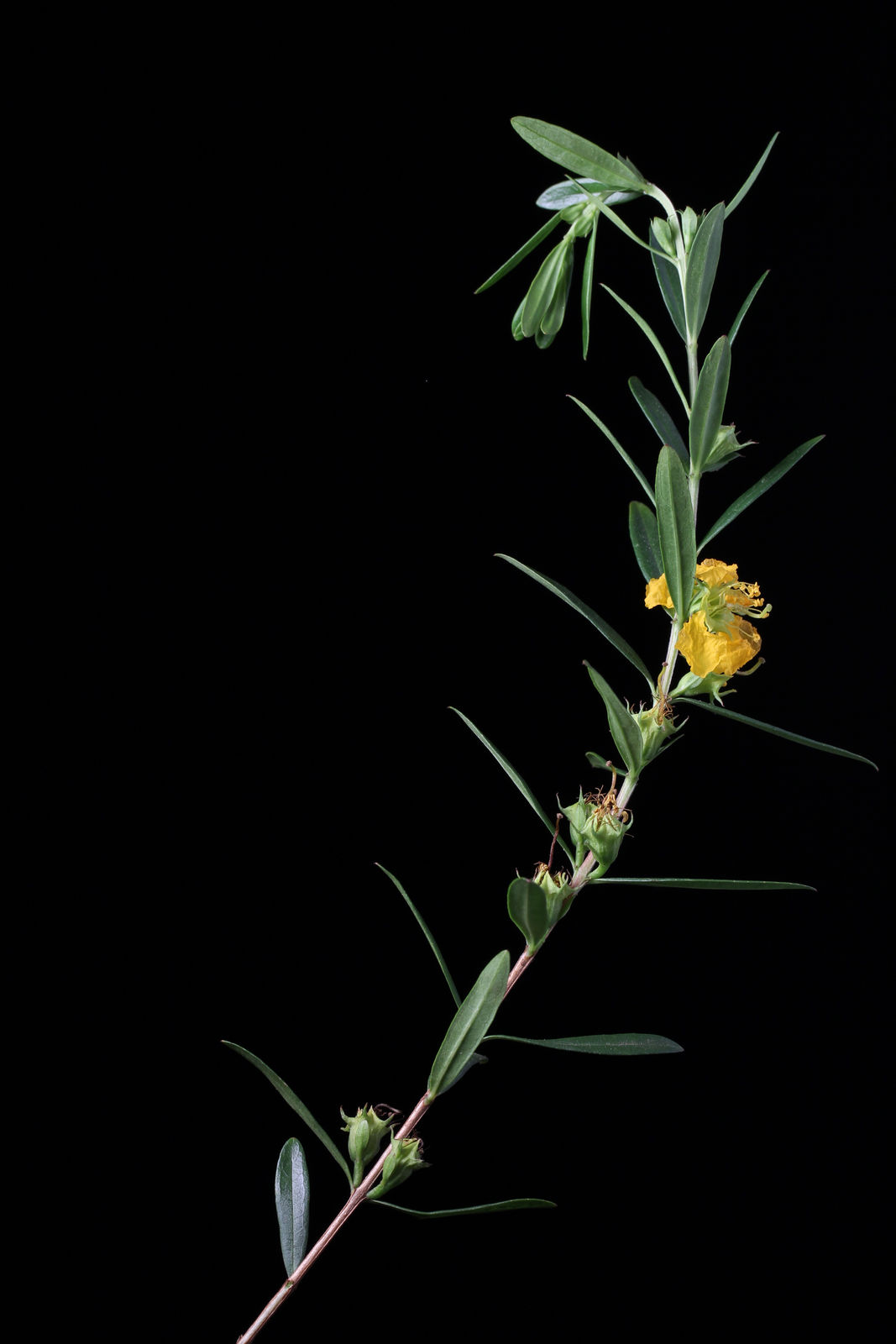Family: Lythraceae
Author: Link
Bibliography: Enum. Hort. Berol. Alt. 2: 3 (1822)
Year: 1822
Status: accepted
Rank: species
Genus: Heimia
Vegetable: False
Observations: SE. Texas to Mexico, S. Trop. America, Jamaica
Description
Heimia salicifolia, commonly known as Shrubby yellowcrest, is a fascinating perennial shrub that thrives across a diverse geographical range, from Southeastern Texas to Mexico, extending further south into tropical regions of America and Jamaica. Belonging to the family Lythraceae, the Shrubby yellowcrest is celebrated for its robust adaptability and the distinctive charm it adds to various landscapes.
The botanical significance of Heimia salicifolia was first recorded in 1822 by the botanist Link, providing valuable insights into its characteristics and ecological preferences in the volume Enum. Hort. Berol. Alt. This hardy shrub is well-suited to various climatic conditions, making it a versatile plant for gardens and natural settings alike.
Heimia salicifolia boasts slender, willow-like leaves, hinting at its remarkable resilience and survival strategies in diverse habitats. The plant’s bright yellow flowers are a highlight, adding a splash of vibrant color that stands out in its native regions. Each bloom is a delicate yet eye-catching spectacle, reflecting the plant’s ability to draw attention and appreciation from plant enthusiasts and casual observers alike.
Not only is the Shrubby yellowcrest aesthetically pleasing, but it also plays a vital role in supporting local ecosystems. Its flowers attract a variety of pollinators, including bees and butterflies, which are crucial for maintaining biodiversity and the health of surrounding flora. Moreover, the shrub’s robust nature makes it an excellent candidate for erosion control and habitat restoration projects.
In horticultural circles, Heimia salicifolia is valued not just for its ornamental appeal, but also for its relatively low maintenance requirements. It adapts well to various soil types and can flourish in full sun to partial shade conditions. This adaptability, combined with its attractive appearance, makes it a preferred choice for gardeners looking to add a touch of natural beauty to their green spaces.
In summary, the Shrubby yellowcrest, or Heimia salicifolia, is a resilient and aesthetically pleasing shrub that has captured the attention of botanists and gardeners alike since its documentation in the early 19th century. Its bright yellow blooms and adaptability to different environments underline its importance in both natural and cultivated landscapes, contributing significantly to the visual and ecological value of the regions it inhabits.
Common Names
Por: erva-da-vida
Eng: hachinal, shrubby yellowcrest, sinichuiche, sinicuichi, willow-leaf heimia
En: Shrubby yellowcrest, Shrubby-Yellowcrest, Hachinal, Sinichuiche, Sinicuichi, Willow-leaf heimia
Zh: 黄薇属
De: Sinicuichi
Pt: Erva-da-vida
Ru: Хеймия
Synonyms
- Ginoria flava (Moc. & Sessé ex DC.)
- Chrysolyga salicifolia (Willd. ex Steud.)
- Decodon salicifolius ((Kunth) Kuntze)
- Heimia salicifolia var. grandiflora (Lindl.)
- Heimia grandiflora (Hook.)
- Heimia linariifolia (G.Don)
- Ludwigia bertonii (H.Lév.)
- Heimia syphilitica (DC.)
- Ginoria syphilitica (Moc. & Sessé ex DC.)
- Lythrum flavum (Spreng.)
- Nesaea syphilitica ((DC.) Steud.)
- Nesaea salicifolia (Kunth)
- Nesaea linariifolia (Steud.)
Distribution
- Argentina Northeast (native)
- Argentina Northwest (native)
- Bolivia (native)
- Brazil South (native)
- Brazil Southeast (native)
- Brazil West-Central (native)
- Jamaica (native)
- Mexico Central (native)
- Mexico Gulf (native)
- Mexico Northeast (native)
- Mexico Northwest (native)
- Mexico Southeast (native)
- Mexico Southwest (native)
- Paraguay (native)
- Texas (native)
- Uruguay (native)
- Azores (introduced)
- Queensland (introduced)
Additional Images

© copyright of the Board of Trustees of the Royal Botanic Gardens, Kew.

© copyright of the Board of Trustees of the Royal Botanic Gardens, Kew.

© copyright of the Board of Trustees of the Royal Botanic Gardens, Kew.
Other
Taken Jan 26, 2022 by Trap Hers (cc-by-sa)
Leaf
Taken Feb 15, 2021 by Giuseppetti Fernando (cc-by-sa)
Taken Sep 17, 2022 by hella kek (cc-by-sa)
Taken Dec 26, 2021 by Trap Hers (cc-by-sa)
Taken Jan 26, 2022 by Trap Hers (cc-by-sa)
Taken Nov 28, 2021 by Maiara Scherner (cc-by-sa)
Flower
Taken Jan 23, 2022 by Trap Hers (cc-by-sa)
Taken Jan 26, 2022 by Trap Hers (cc-by-sa)
Taken Jan 26, 2022 by Trap Hers (cc-by-sa)
Taken Dec 26, 2021 by Trap Hers (cc-by-sa)
Taken Dec 26, 2021 by Trap Hers (cc-by-sa)
Fruit
Taken Oct 18, 2022 by Julien (cc-by-sa)
Habit
Taken Feb 3, 2022 by Muzzachiodi Norberto (cc-by-sa)
Bark
Taken Feb 3, 2022 by Muzzachiodi Norberto (cc-by-sa)
Sources
- WFO (No URL)
- IPNI (No URL)
- GBIF (https://www.gbif.org/species/5420914)
- POWO (http://powo.science.kew.org/taxon/urn:lsid:ipni.org:names:96613-3)
- PlantNet (https://identify.plantnet.org/species/the-plant-list/Heimia salicifolia (Kunth) Link)
Specifications
Growth habit>: Shrub














